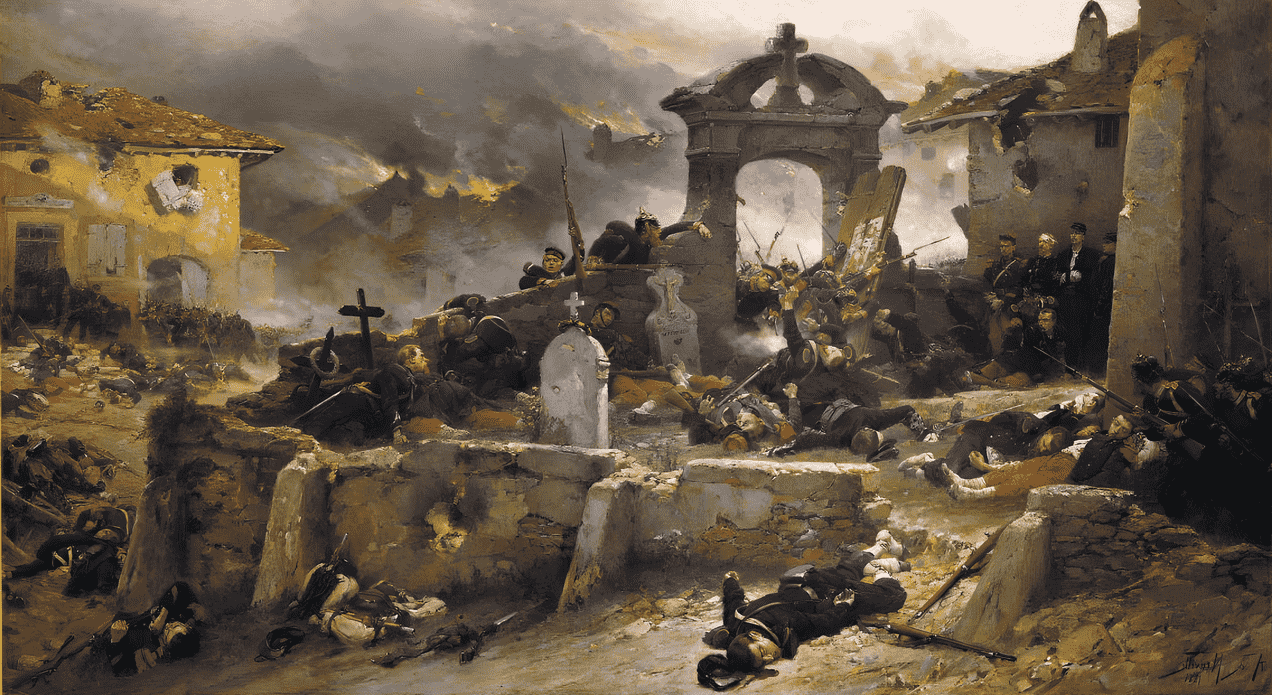Secret Forts Of The Modoc War

Hidden in the rugged landscapes of Northern California and Southern Oregon, the secret forts of the Modoc War tell a story of resilience and conflict. This lesser-known chapter of American history unfolded in the 1870s when the Modoc people, led by Chief Kintpuash, also known as Captain Jack, resisted relocation from their ancestral lands. The Modoc War was marked by strategic battles and the use of natural fortifications, such as the lava beds in what is now Lava Beds National Monument. These historical sites offer a glimpse into the past, where visitors can walk through the same terrain that once served as a battleground. Exploring these forts provides a unique opportunity to learn about the Modoc people's struggle and the complex history of the American West. Whether you're a history enthusiast or an adventurer, these sites promise an unforgettable experience.
Secret Forts of the Modoc War
The Modoc War, a conflict between the Modoc people and the United States Army, left behind hidden forts that tell tales of bravery and survival. These secret spots are scattered across the rugged landscapes of Northern California and Southern Oregon. Let's uncover these historical gems.
Lava Beds National Monument
Lava Beds National Monument is a treasure trove of history and natural beauty. This area, with its unique volcanic landscape, served as a stronghold for the Modoc people during the war.
Captain Jack's Stronghold
This natural fortress, named after the Modoc leader Captain Jack, provided shelter and strategic advantage. The labyrinth of lava tubes and trenches made it difficult for the U.S. Army to penetrate.Gillem's Camp
Located near the stronghold, this camp was used by the U.S. Army as a base during the conflict. Visitors can explore the remnants of the camp and imagine the tense standoffs that occurred here.
Tule Lake
Tule Lake, with its serene waters, hides a turbulent past. It was a significant site during the Modoc War and offers insights into the struggles faced by both sides.
Hospital Rock
This site served as a makeshift hospital for wounded soldiers. The rock formations provided natural shelter and a vantage point to monitor enemy movements.Canby's Cross
Named after General Edward Canby, who was killed during peace negotiations, this site marks a pivotal moment in the war. It's a somber reminder of the conflict's human cost.
Lost River
The Lost River area played a crucial role in the early stages of the Modoc War. Its winding waters and dense vegetation offered both refuge and challenges.
Battle of Lost River
This was the first battle of the Modoc War. The site is now a peaceful spot where visitors can reflect on the events that sparked the conflict.Tulelake-Butte Valley Fairgrounds
Home to a museum dedicated to the Modoc War, this site provides a comprehensive look at the war's history, including artifacts and personal stories from those involved.
Klamath Basin
The Klamath Basin, with its diverse ecosystem, was a strategic location during the Modoc War. Its varied terrain provided both opportunities and obstacles for the warring parties.
Applegate Trail
This historic trail was used by settlers and played a role in the movement of troops during the war. Walking the trail offers a glimpse into the challenges faced by those who traversed it.Petroglyph Point
This site features ancient rock carvings, offering a connection to the region's indigenous history. While not directly related to the Modoc War, it provides context to the cultural landscape of the area.
Clear Lake
Clear Lake, with its crystal-clear waters, was a strategic location during the Modoc War. The surrounding area is rich in history and natural beauty.
Clear Lake Reservoir
This reservoir was a key water source during the conflict. Today, it's a popular spot for fishing and boating, with interpretive signs detailing its historical significance.Indian Well Campground
Located near the reservoir, this campground offers a chance to experience the landscape that played a role in the Modoc War. It's a great base for exploring the area's historical sites.
Discovering History's Hidden Corners
The secret forts of the Modoc War offer a unique glimpse into a turbulent chapter of American history. Visiting these sites, like Captain Jack's Stronghold and Gillem's Camp, provides a tangible connection to the past. Walking through these areas, you can almost hear the echoes of the struggles and strategies that unfolded. The Lava Beds National Monument not only preserves these historical sites but also showcases the rugged beauty of the landscape that played a crucial role in the conflict. Exploring these forts is more than just a history lesson; it's an opportunity to reflect on the resilience and determination of those who lived through the Modoc War. Whether you're a history enthusiast or simply curious, these hidden corners of history invite you to step back in time and gain a deeper understanding of the events that shaped this region.

